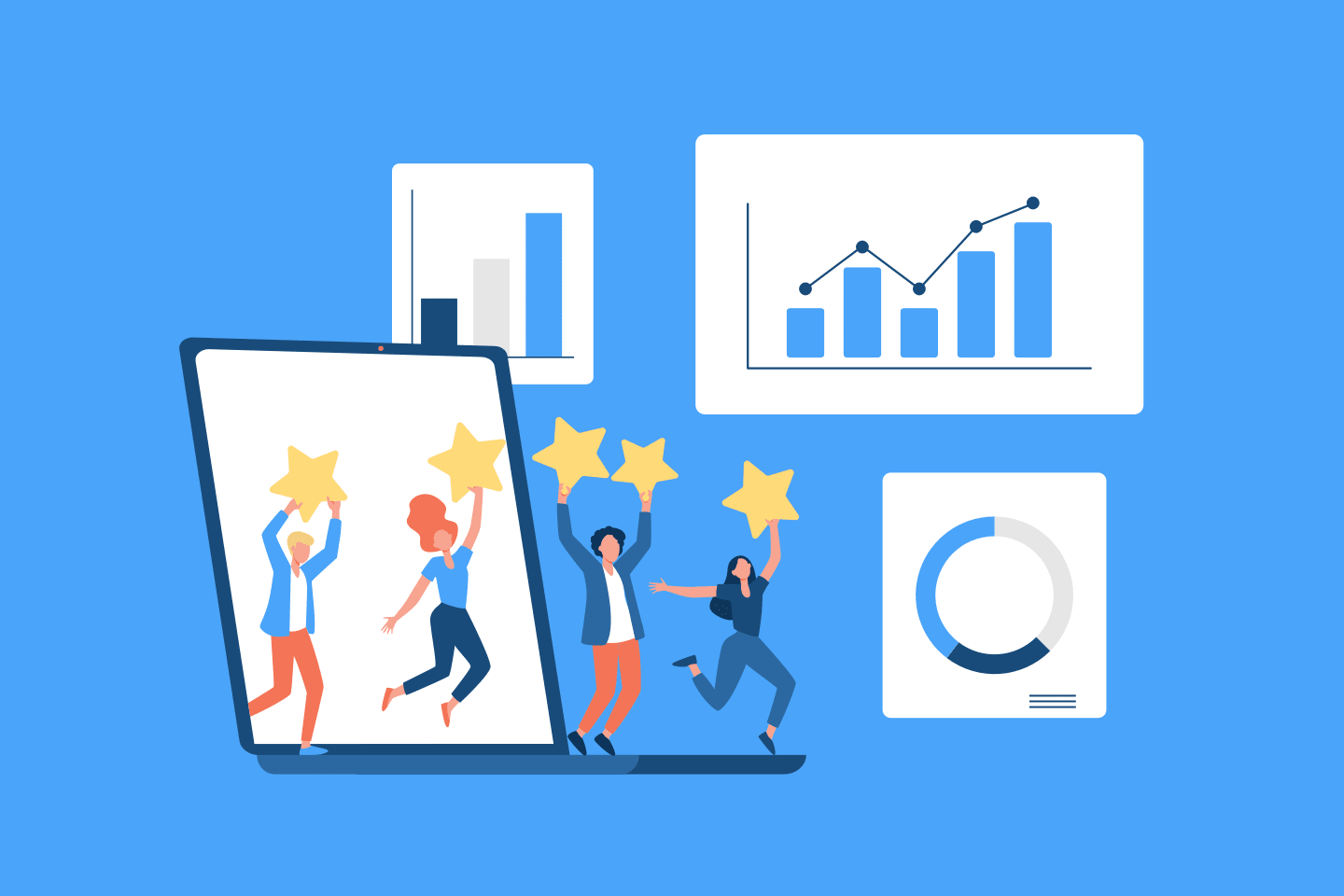Physical Address
304 North Cardinal St.
Dorchester Center, MA 02124
Physical Address
304 North Cardinal St.
Dorchester Center, MA 02124

In the SaaS industry, customer retention is just as important—if not more—than customer acquisition. Customer Success (CS) plays a critical role in ensuring users adopt, engage with, and derive value from a product, ultimately reducing churn and driving revenue growth.
✔ Reduces churn – Prevents users from abandoning the platform.
✔ Boosts lifetime value (LTV) – Encourages upsells, cross-sells, and renewals.
✔ Enhances user adoption – Helps customers understand and integrate the product into their workflow.
✔ Increases word-of-mouth referrals – Satisfied customers become brand advocates.
This article explores the key strategies for building a high-impact customer success program in the SaaS industry.
The Customer Success Lifecycle involves various stages, each requiring a unique approach to engagement:
📌 Example: Slack’s interactive onboarding flow simplifies the first-time user experience, increasing retention rates.
📌 Example: HubSpot sends personalized email tips based on a user’s interaction with the CRM.
📌 Example: Dropbox incentivizes referrals with free storage upgrades for engaged users.
📌 Example: Zendesk’s “Voice of the Customer” program gathers feedback from loyal users to improve its platform.
✔ Use analytics to track customer engagement, feature adoption, and drop-off points.
✔ Implement customer health scores to assess user satisfaction and predict churn.
✔ Leverage AI-driven insights for personalized recommendations.
📌 Example: Gainsight and Totango offer AI-powered customer success analytics tools.
✔ In-app chatbots and automated support reduce friction.
✔ Maintain an up-to-date knowledge base with FAQs, tutorials, and community forums.
✔ Provide multi-channel support (email, chat, phone, social media).
📌 Example: Intercom uses AI-driven chatbots to assist customers instantly.
✔ Segment users based on company size, industry, and usage patterns.
✔ Assign dedicated CSMs for high-value customers to provide hands-on support.
✔ Tailor engagement strategies based on customer goals.
📌 Example: Salesforce provides customized onboarding for enterprise accounts, ensuring a smooth transition.
✔ Regular NPS (Net Promoter Score) and CSAT (Customer Satisfaction) surveys.
✔ Collect feedback via in-app prompts, email check-ins, and community discussions.
✔ Use feedback to optimize product features and customer engagement strategies.
📌 Example: Notion constantly improves its UI/UX based on customer feedback.
✔ Build an active user community (forums, social groups, webinars).
✔ Launch a customer advocacy program to reward brand champions.
✔ Encourage user-generated content (UGC) like case studies and product tips.
📌 Example: Webflow’s community forum and YouTube tutorials empower users to learn and share knowledge.
✔ Use AI-driven email automation for check-ins, renewals, and re-engagement.
✔ Set up trigger-based alerts for low engagement or usage drops.
✔ Integrate CRM & CS tools (e.g., HubSpot, Zendesk, Gainsight) for better workflow automation.
📌 Example: Drift automates customer check-ins and feature announcements through behavior-based messaging.
To gauge the effectiveness of your CS strategy, track these key metrics:
📊 Customer Churn Rate – Percentage of customers who cancel subscriptions.
📊 Net Promoter Score (NPS) – Measures customer loyalty and satisfaction.
📊 Customer Health Score – Evaluates the likelihood of retention or churn.
📊 Customer Lifetime Value (CLV) – Predicts revenue generated per customer.
📊 Time to Value (TTV) – Measures how quickly a user realizes the product’s value.
📌 Example: SaaS companies like Asana and Trello use NPS surveys to assess customer sentiment.
In the SaaS industry, customer success is the foundation of long-term growth. A well-executed CS strategy boosts adoption, reduces churn, and turns customers into brand advocates. By leveraging data, automation, personalization, and proactive engagement, SaaS businesses can create a scalable and customer-centric model for sustainable success.
🚀 Is your SaaS company investing in a strong customer success strategy?